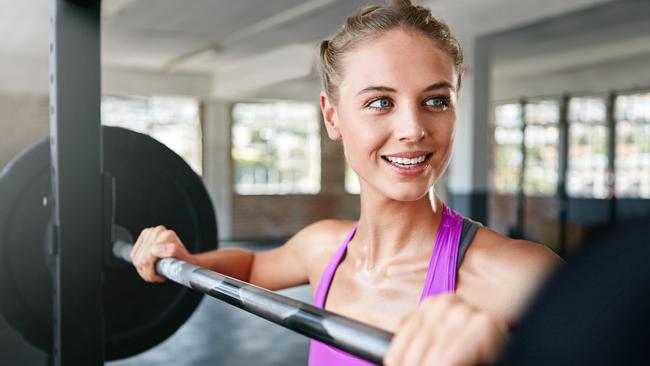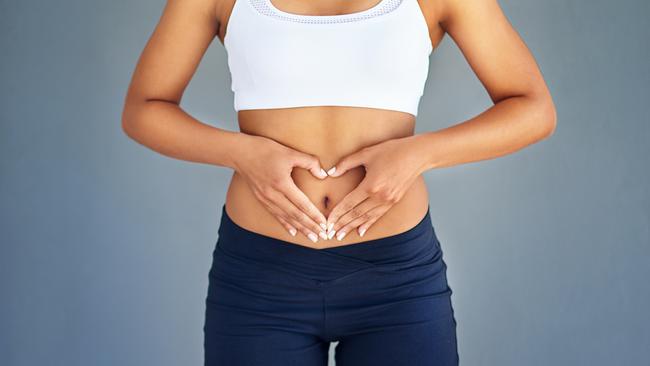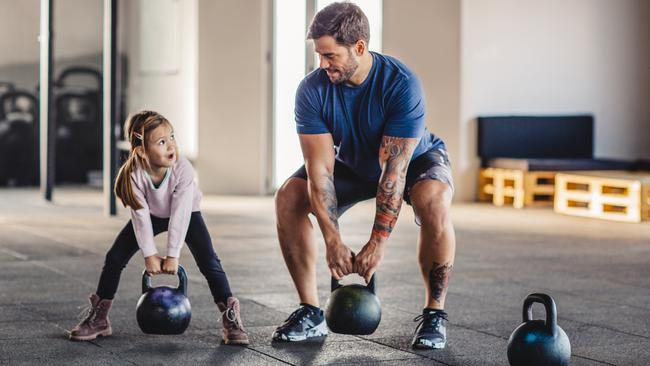Common exercise mistakes and what we should be doing instead
Forget 10,000 steps a day — and, no, weights won’t make you look chunky. The common exercise mistakes and what we should be doing instead

Think you need to walk 10,000 steps a day to be fit? Or that loading up on protein bars will help to build muscle? It’s time to reconsider. The latest research suggests that many long-held beliefs about fitness are not borne out when exposed to scientific scrutiny.

Myth: You need to take 10,000 steps a day
It’s time to stop feeling guilty when your Fitbit reminds you that you have not achieved your daily step count. The default goal of taking 10,000 steps a day is a figure that was devised by a Japanese company that cleverly marketed a pedometer in the 1960s.
A recent study of 16,000 elderly women in the Journal of the American Medical Association found that “at 4400 steps per day, these women had significantly lower mortality rates compared to the least active women”. However, when they reached 7500 daily steps, the health gains tapered off.
What you should do: Progression rather than a prescriptive number is key. Look at what you normally do and aim to take 2000 more daily steps. Dr Stacy Clemes, a researcher in public health at Loughborough University, says: “10,000 steps is not a rule — your aim can be lower, particularly if you are not very active when you first start.”

Myth: More protein means more muscle
Helen Bond, a spokeswoman for the British Dietetic Association, says: “Yes, protein is important for muscle-building and repair, but that doesn’t mean that a lot more is better. There are upper limits, and just because you eat protein doesn’t mean you gain lean muscle mass. Consume more protein than you need and your body will store it as fat.”
What you should do: If you do a lot of intense exercise or weight training, you should aim for 1.2g a kilo of body weight if you are a woman, and 1.7g a kilo if you are a man. Cyclists and runners need 1.2-1.4g per kilo. Don’t fall into the trap of overconsuming high-protein products such as whey shakes, protein bars and protein balls.
Myth: Training with weights makes women chunky
This belief keeps many women from weight training. In fact, lifting weights will help to slim and streamline their physique.
“By lifting progressively heavier weights you will increase your muscle mass and your metabolic rate,” the personal trainer Matt Roberts says. “By increasing your metabolic rate you will burn more calories.”
What you should do: Add weights to your weekly workout. Ideally, you should be doing at least two strength sessions a week for 20 minutes and three sessions of cardio, which can include a walk.

Myth: You should never work out on an empty stomach
Unless you are in serious training for an endurance event, fuelling before exercise is not as important as was once thought.
“Believing you need to stoke up before every activity can be counter-productive if you are trying to lose weight,” says the nutritionist Dr Sarah Schenker. “It’s a myth that you always need to fuel and refuel.”
And in terms of overall weight loss, it doesn’t seem to matter if you eat breakfast before or after working out.
What you should do: If you are a breakfast person, eat before you work out; if you are not, then don’t. It’s about what helps to make your training the most enjoyable and productive.
Myth: Drink before you are thirsty
It used to be thought that dehydration slows you down, and the advice was to take on fluid before you felt thirsty. Experts now know that overdrinking puts you at risk of hyponatremia, a potentially dangerous condition where the level of sodium in the blood becomes excessively diluted.
Last year a review in the journal Sports Medicine looked at whether runners and cyclists perform better if they drink when they want or follow a prescriptive hydration plan. There was little difference in their performance.
What you should do: Have water with you so it’s there when you feel thirsty, but you don’t need to force it down or be constantly taking sips between reps.
Myth: Exercise makes you hungry
Many people looking to lose weight worry that if they exercise more, they will just get hungrier and thus consume the calories they have expended on the treadmill in a post-exercise snack. In fact, most studies show that the harder you exercise, the less hungry you will be.
In 2017 British researchers reported in the Journal of Endocrinology that going for a run reduced levels of the hunger-signalling hormone acylated ghrelin.
What you should do: Put in more effort. Research shows that a short HIIT (high-intensity interval training) workout is best for reducing appetite.

Myth: Lifting weights is unsafe for children
In March a statement by the American College of Sports Medicine concluded that “no scientific evidence indicates that participation in a well-designed youth resistance training program will stunt the growth of children or harm their developing skeleton”.
In fact, Dr Rhodri Lloyd, a reader in paediatric strength and conditioning at Cardiff Metropolitan University, says “childhood seems to be the best time to participate in strength-building activities that enhance bone growth and development”.
What they should do: Children should do a range of activities, including some resistance work, even from the age of 10. Don’t just let them dive in with the dumbbells, though. The weight-training loads should be supervised and progressive. Start with small weights or bands, then work up slowly week by week.
The Times







To join the conversation, please log in. Don't have an account? Register
Join the conversation, you are commenting as Logout